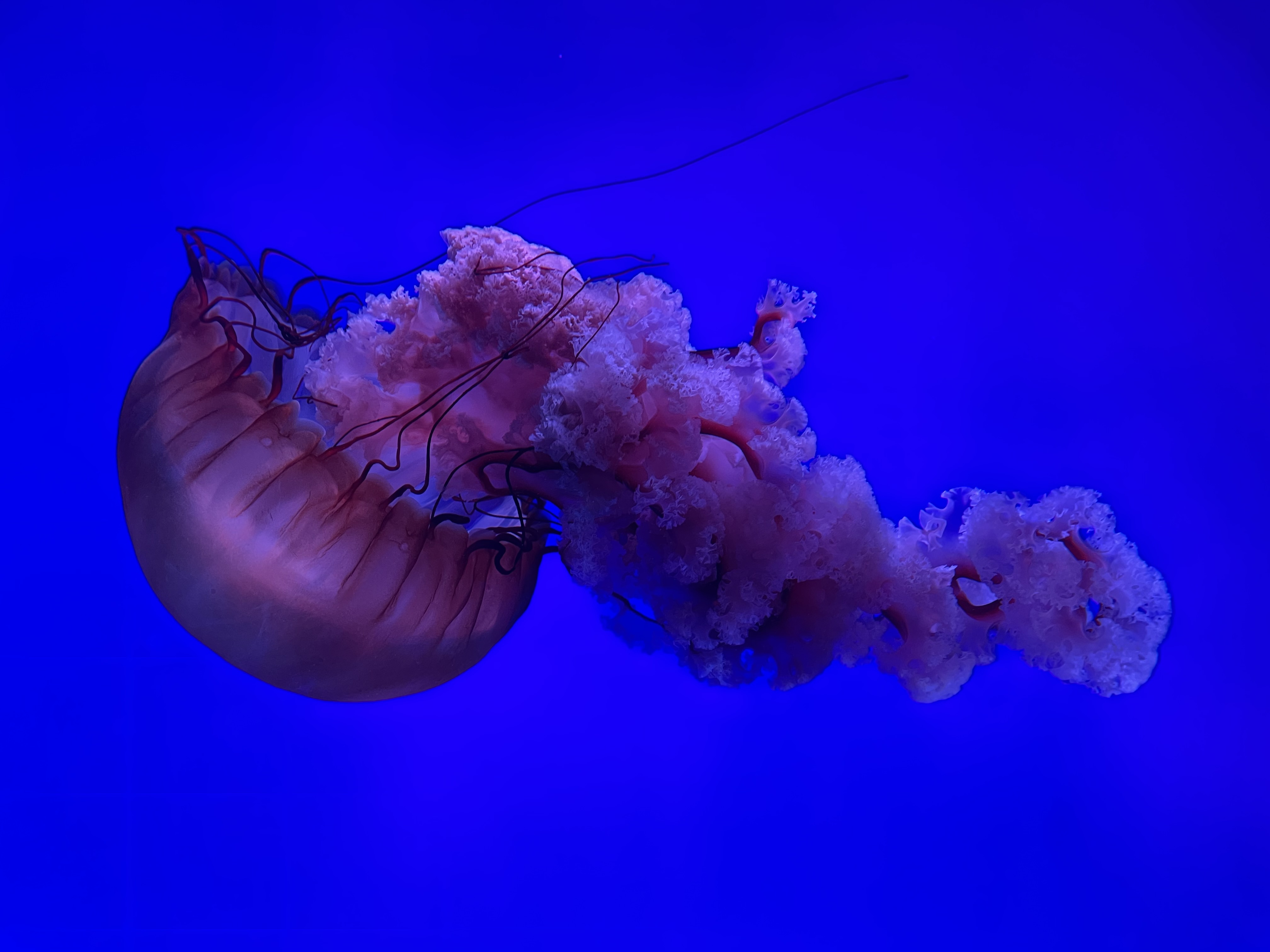I feel like it would be useful to know exactly how much alcohol is in a can or a bottle. Also why is alcohol the only thing measured in percentages and not sugar or caffeine or medicine?
I haven’t seen anyone really answer the why of it, which is that the industry developed using a floating glass tool called a hydrometer which measures the specific gravity, or density, of liquids.
When you boil the wort to prepare for fermentation, you end up with a sugary liquid that is denser than water or alcohol. Water has a specific gravity of one, and the specific gravity of the wort is increased by everything you dissolved into it. You would float a glass hydrometer in it and lets say you get a reading of 1.055.
After fermentation the yeast has converted much of the sugar to alcohol and decreased the specific gravity. You measure a second time, and multiply the difference by a constant factor to get ABV. let’s say after fermentation you got a reading of 1.015.
1.055 - 1.015 = 0.04
0.04 * 131.25 = 5.25% ABVWe label with ABV because that was how it was calculated, and remained the same regardless of the quantity served.
There is a similar process for distilling as well. Before these methods people didn’t know the exact amounts, which led to fun things like navy and admiral strength.
Edit: also the 131 figure really should vary based on temperature since it is derived from the ratios of the density of ethanol and water. The higher the ABV the more important it is to factor temperature, and distilling requires more sensitive measurements and tools. But for beer, using 131.25 is fine and has about 0.2% error up to around 10% ABV.
There are medications that measure the active ingredient as a percentage too, like topical creams. I think it’s done to make the relative strength easier to compare when the volume is varied. Labelling a keg of beer or a barrel of wine with the actual volume of alcohol it contains doesn’t make it easy to tell the amount that would be in a single glass.
As a consumer, I think it makes more sense to have the percentage by volume. Firstly, it makes the general pattern of alcohol content much clearer so we get a better intuition of what we’re getting into. Beers generally hover around 5%, wines at 10-15%, and spirits at 20% and above.
Building on that, people don’t generally remember the volume of pure alcohol they can handle, but they do remember, for example, that three glasses of wine is the most that they should drink. If you’re presented beer, then along with your intuition of their relative alcohol content, you can easily approximate that you can handle about twice as much volume since it’s about half the alcohol by volume. And similar if you have spirits, then you can reduce that volume to half or less.
How would you estimate it given a volume of alcohol instead? I know I can handle three glasses of this one particular kind of wine. If I have another type of wine with a different alcohol content and different bottle size, I’ll have to math out how much alcohol will be in my glass: (Volume of glass)*(total alcohol context)/(Volume of wine bottle). Most people would give up before even trying to come up with this formula. Now how much alcohol did I have the last time when I had three glasses of wine? The bottle said something like 80ml of alcohol. But how big was it? That’s two large numbers that you need to remember, and since they’re so different from one bottle of wine to the next, you likely don’t remember any of it.
Secondly, it affected flavour. In general, you can taste how much alcohol is in a certain drink and that depends on the relative volume of alcohol, not the absolute amount.
ABV works for all types of packages. It could be helpful to know that a can of beer contains 18.6ml of alcohol, sure, but what about a bottle of whiskey or vodka? Is it better to know that it’s 40% alcohol or 300ml? Should a bar publish that a keg has 4.2 liters of alcohol in it?
With ABV you can compare alcohol across volumes.
I feel like it would be useful to know exactly how much alcohol is in a can or a bottle
They always list the total volume of the liquid so you can easily get the absolute alcohol content with the percentage.
Since krellor answered the main question:
I feel like it would be useful to know exactly how much alcohol is in a can or a bottle.
- By volume: multiply ABV by the volume of the drink.
- By weight: do the maths above, and then multiply the result by 0.789 g/ml.
RL example: the beer in my fridge is 350ml, 4.7% ABV. Doing the maths this is roughly 16.5ml of alcohol, or 13.0g.
I don’t know, but sugar is usually in “g / 100g” so technically in percentage
In beverages, it’s g/100ml.
Which is basically the same since 1g of water is 1ml.
You wouldn’t take a shot of beer with 5% ABV
Nor would you take a pitcher of vodka
X% of the cans volume tells you the exact amount. You can know with very simple math. The reason why is because historically, alcohol drinks are taxed based on the concentration, or percentage, of alcohol. Beer would be taxed at a lower rate than say whisky. It was all based on the percentage, or “proof”, of the beverage, not the actual amount. That way a small and large jug of whisky would be taxed at the same rate.





